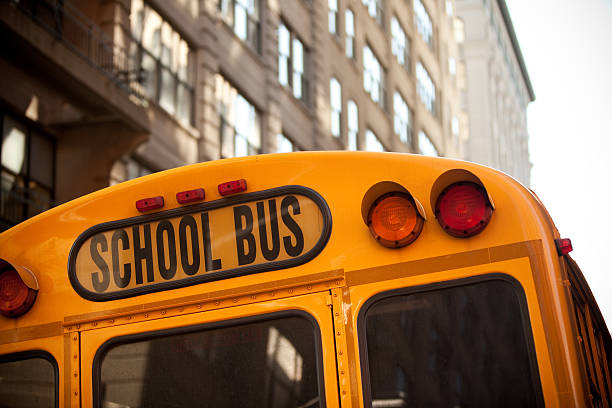
There are nearly 20,000 new migrant children enrolled in New York City public schools, a number that underscores an influx of migrant families seeking asylum and a growing need for more bilingual teachers.
Now almost two months into the school year, educators say they want more support from the city to address increasing language barriers in the classroom. But facing a shortage of bilingual teachers, city public schools are struggling with recruitment and current instructors say bilingual education in general needs an overhaul to address rapidly changing demographics.
“The city could be doing a lot more,” said a principal of a Midtown high school, who spoke on the condition of anonymity because she’s not authorized to speak to the press.
With dozens of new migrant students, her school has posted vacancies for teachers who specialize in English as a New Language but are struggling to attract candidates.
“The city could do more to fill this shortage,” said the principal.
The city has opened 77 new bilingual programs in the last year, said David Banks, chancellor of the Department of Education, in his “State of our Schools” address in September. The department didn’t respond to repeated requests for comment.
But the city has to do a better job of “making people want to be teachers,” said Brian Collins, associate professor of Bilingual Education at Hunter College. Better salaries would help, he added, along with incentives to get the additional certification that’s required for bilingual teachers.
According to the Education Department website, there are multiple categories of bilingual programs: English as a New Language, Transitional Bilingual Education and Dual Language Bilingual Education.
English as a New Language is for students who know little to no English, and who are often referred to in the school system as English Language Learners or ELLs. From there, students move into Transitional Bilingual Education, which increases the amount of English instruction in classrooms. When students are no longer classified as ELLs, they move to Dual Language Bilingual Education, where students build speaking, reading and writing proficiency in two languages.
But English as a New Language teachers, who are in most demand, require a different license than the other bilingual programs.
“The city needs to do more by doing less,” said Chris Garcia, an English Language Learner teacher at Inwood Academy, a public school in Washington Heights. By having different license requirements for bilingual education and ELL, the city is “putting limits on what we can do,” he said.
“These programs are little boxes,” said Collins. “All our schools should be practicing multilingual strategies.”
According to data from the city’s Language Access Plan, nearly half of New Yorkers speak a language other than English in their homes, and about 21.4% aren’t proficient in English at all.
And some New York City educators believe the increase of migrant children in public schools has simply magnified a longstanding problem of integrating multilingual and ELL students in classrooms.
“You don’t have to be fluent in a language to use bilingual strategies,” said Collins. Educational techniques like “grouping bilingual children together, incorporating mixed-language, mixed-media material, and sharing resources across schools,” can make a big difference for multilingual students. As the number of children from multilingual background has increased, “the way we teach has stayed the same,” he said.
With the need for these structural changes, Mayor Eric Adams, has made comments about the city’s long-term inability to provide services for migrants.
The mayor recently said in a speech that due to budgetary constraints, migration could “destroy the city.”
“It’s really unhelpful when officials make comments that spread ill will,” said the principal.
Following the mayor’s remarks, the principal said several parents called her asking, “Why weren’t we informed that migrants were coming to the school,” she said, adding it was a question she found “disturbing.”
Some of the migrants “walked for seven months to get here,” said the principal. “These kids have PTSD.”
The principal fears Adams’ rhetoric could “stoke violence against migrants.” It is important to integrate the new students by helping them heal, not treating them like a problem, she said.
Bilingual education has always been politically controversial, said Collins. Adams’ divisive comments didn’t surprise him.
“People need to open their minds,” he said. “We know how to help these students.”